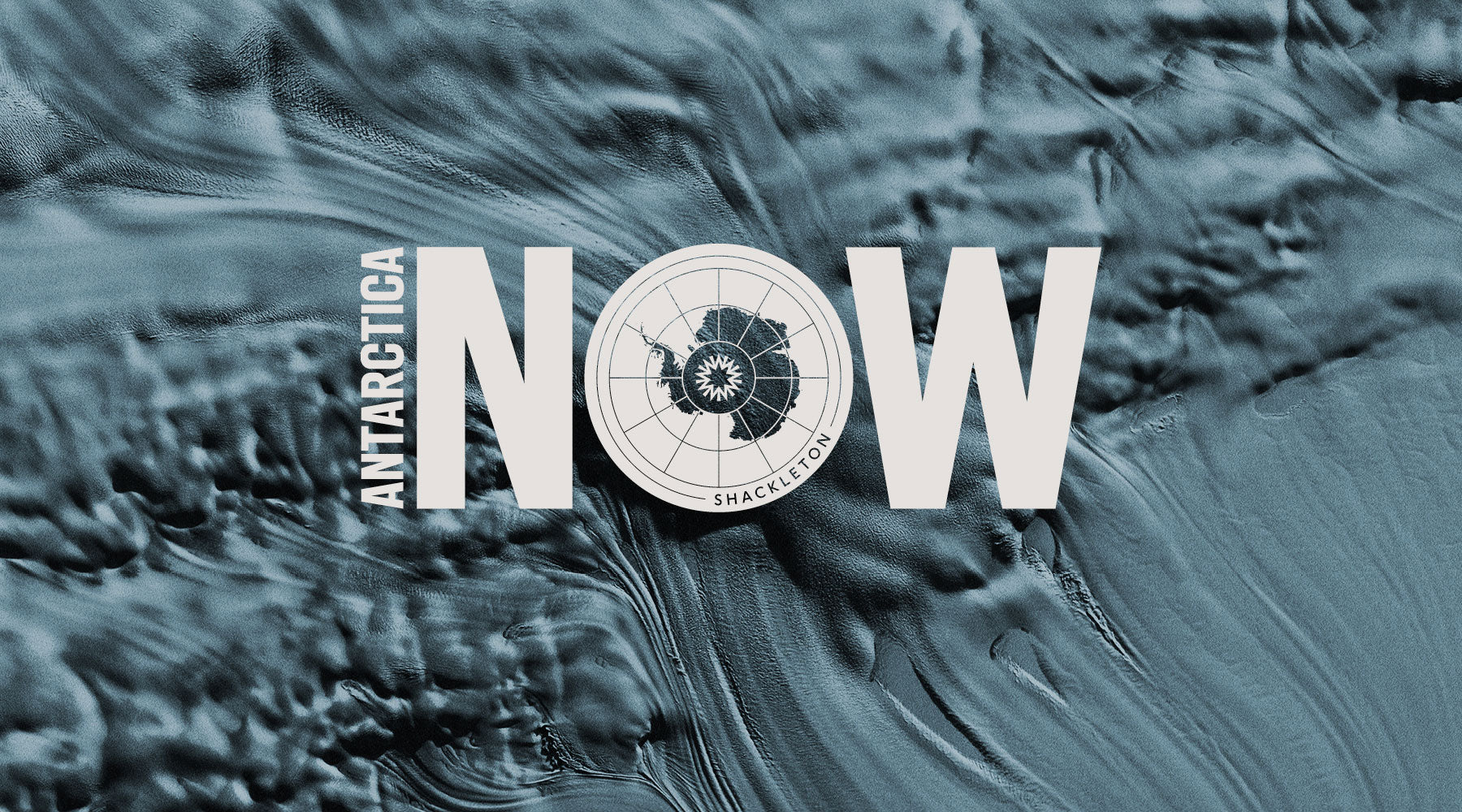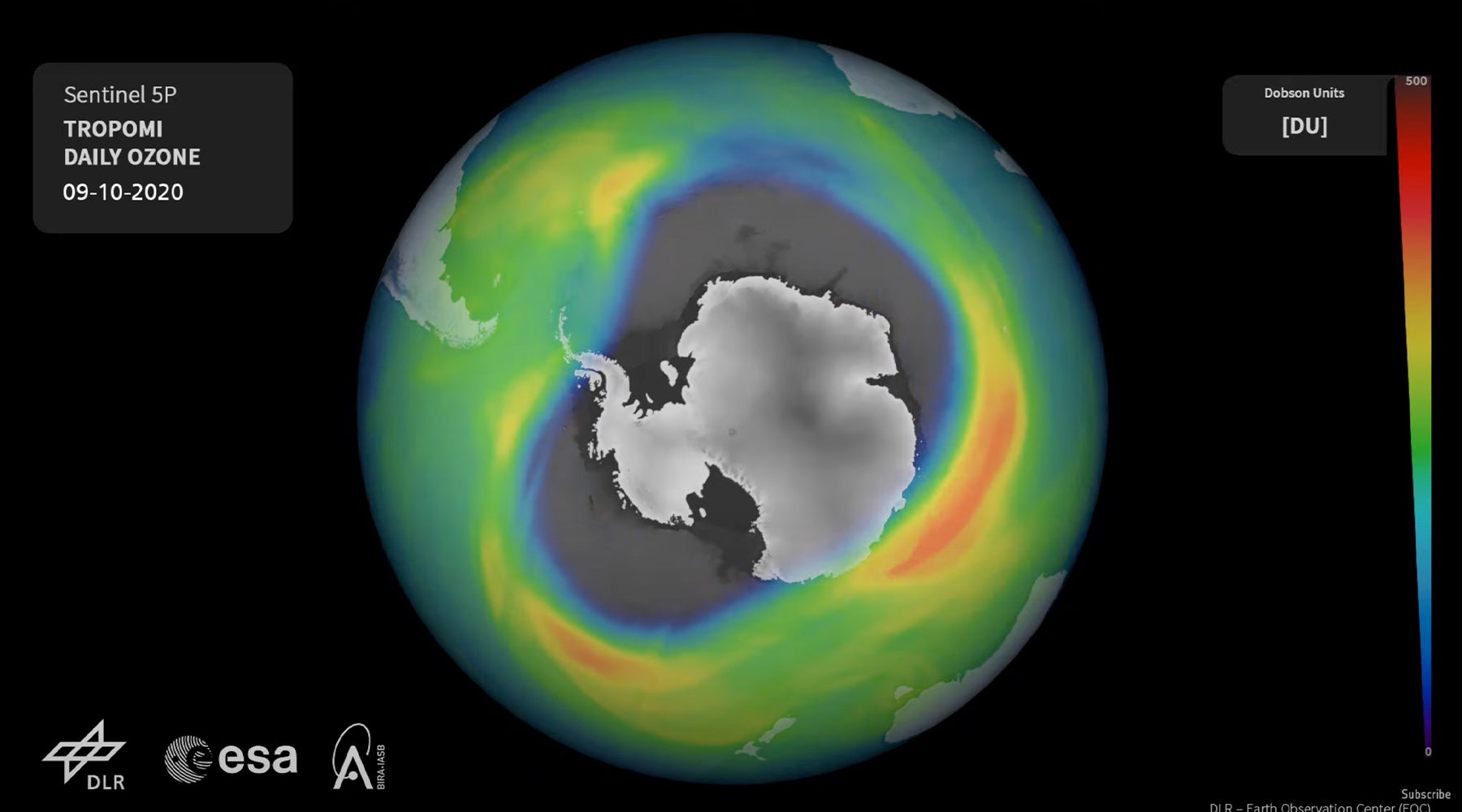
Antarctica from space, by Dr Mark Drinkwater
Checking earth's pulse at the Poles from space: are 2020's vital signs cause for concern?
There is a longstanding connection between the Antarctic and space research. It applies whether you’re looking up or looking down. Large zones of cold, dry and stable air and months of darkness make it an ideal place to put equipment ranging from neutrino detectors to telescopes. Conversely, satellites have revolutionised the way that scientists can monitor a landscape that is one and a half times the size of America, bringing new understanding to everything from its ice patterns to its penguin population.
Mark Drinkwater is Head of the ESA’s Earth and Mission Science Division, which makes him one of the leading individuals in the world able to interpret what the satellites are saying. One of the most critical aspects of the European Space Agency’s work in the Antarctic right now of course is using satellite data to monitor climate change.


